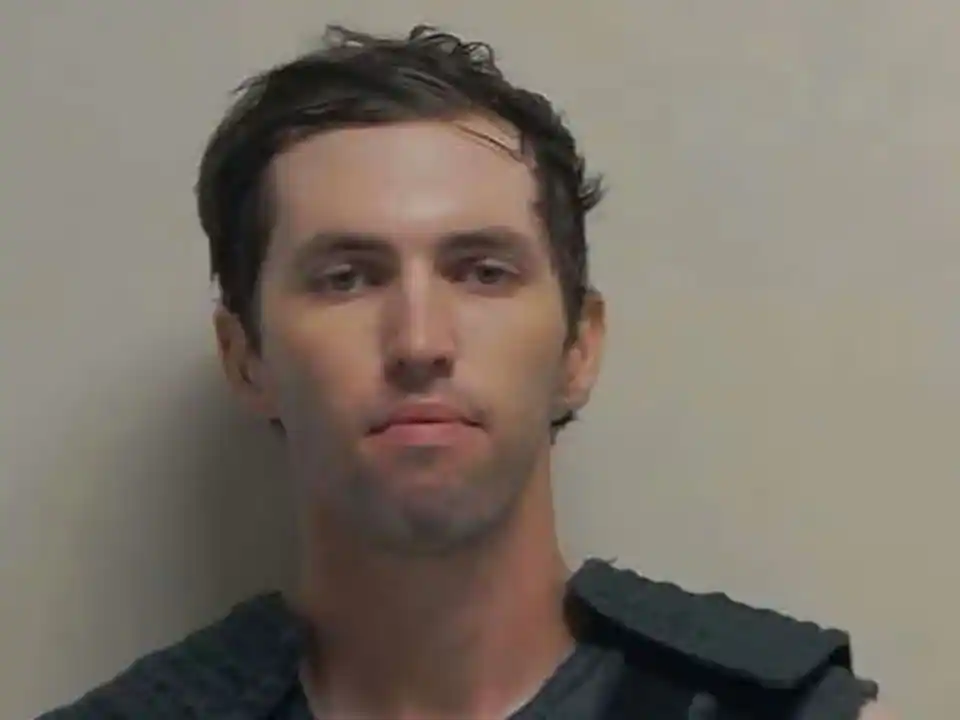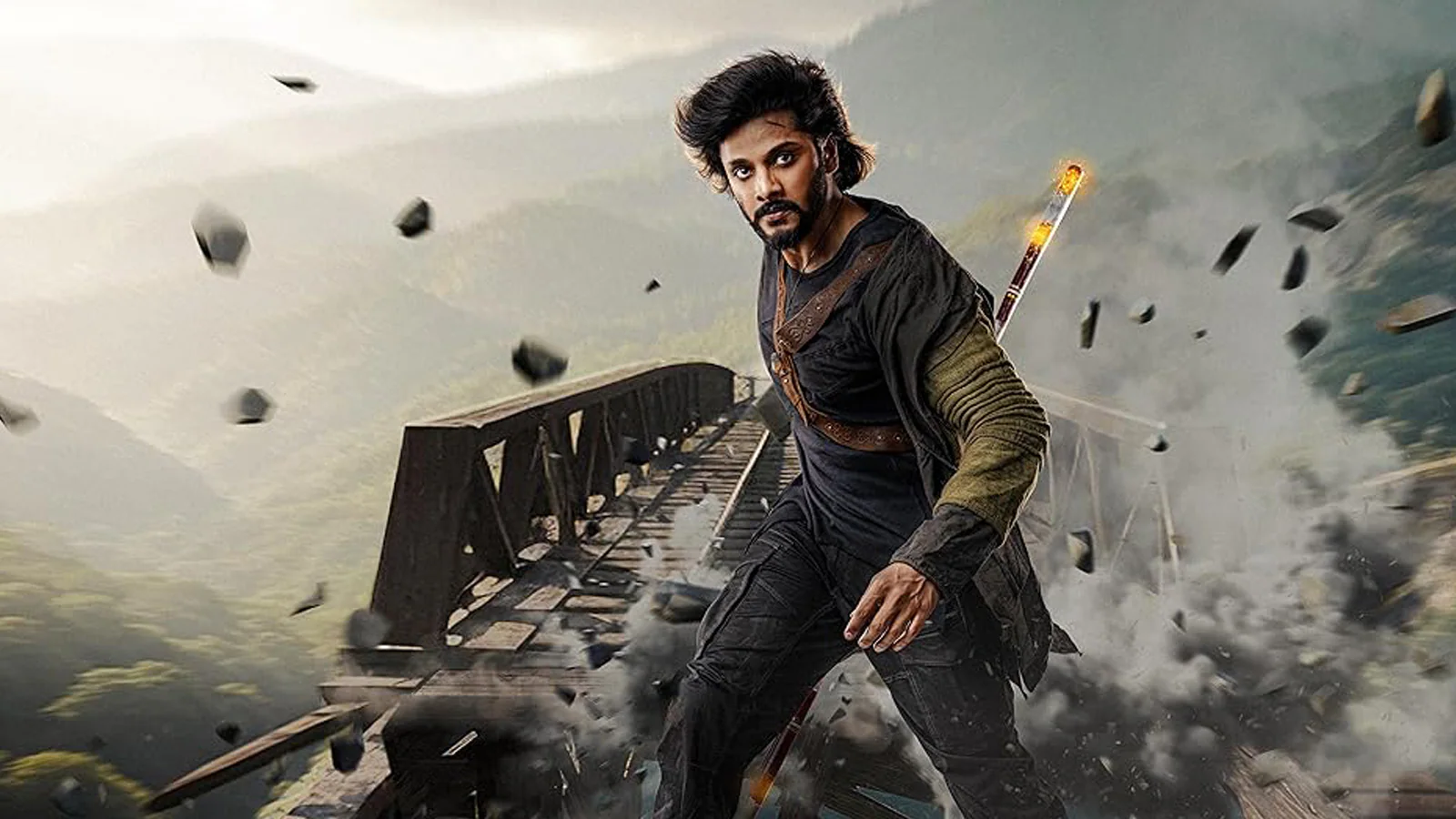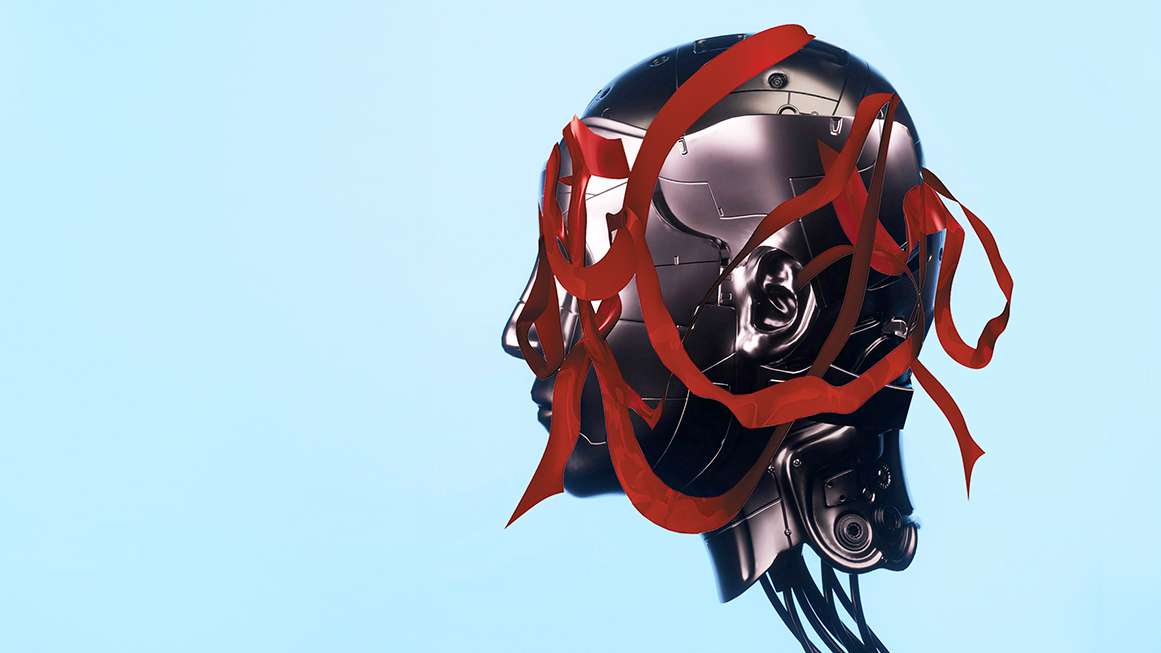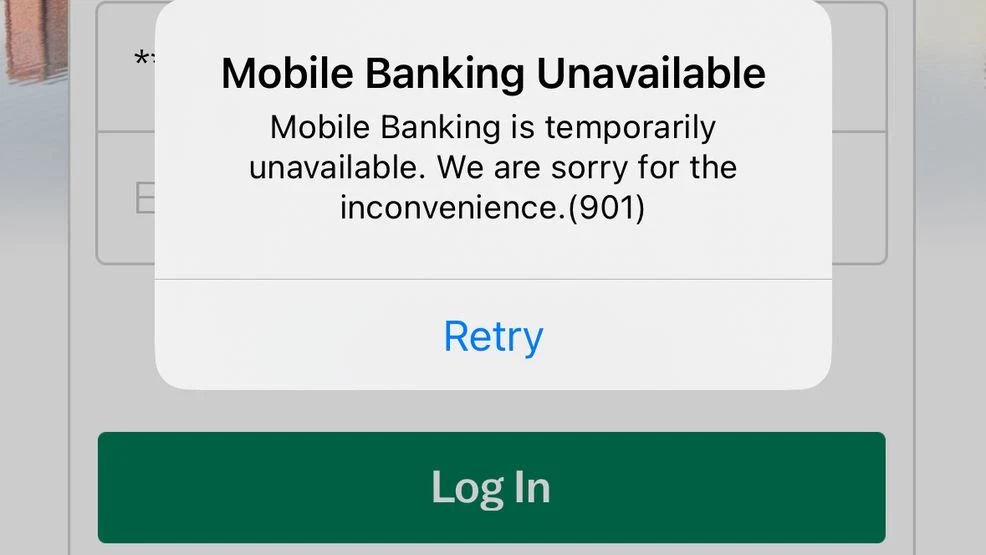By Jason Katsaras
Copyright abc
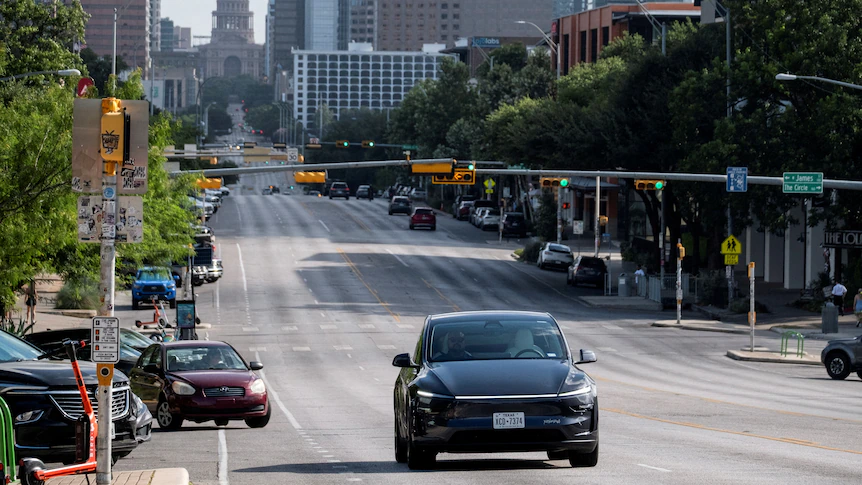
Last week an update was made available to owners of eligible late model Teslas that allowed their cars to take off, brake, navigate intersections and park independently under the supervision of a driver.
Tesla has been teasing the update for months, giving buyers the option to pre-purchase the software as a factory option or sign up to a subscription service for access.
The roughly $10,000 investment means drivers can now access Tesla’s Full Self-Driving (Supervised) — or FSD — system to get from A to B.
But rules around the country for how Australian drivers can use the FSD system differ.
Here’s what you need to know.
Rules differ across Australia
Road rules are governed by individual states and territories.
South Australia, New South Wales, the ACT and Tasmania said they had allowed the introduction of the technology, provided the driver — who remains legally responsible for the car — maintains supervision and control.
A spokesperson for Western Australia’s Transport Department said drivers were required to keep both hands on the steering wheel when using FSD, while Queensland’s transport department requires only one.
A spokesperson for the Northern Territory’s department said that under NT road rules, drivers must maintain proper control of their vehicle at all times.
“No driver-assistance technology alters or reduces this obligation,” they said.
“Proper control means the driver is actively driving the vehicle, not merely supervising a system [and] it is not clear that the design of the ‘Full Self-Driving (Supervised)’ feature is compatible with a driver fulfilling this obligation.”
The situation in Victoria was unclear. Victoria’s Department of Transport did not clarify whether it was legal to use the system on the road, however, the state’s road safety regulations require any vehicles with modifications to that contribute to tasks like steering, braking and accelerating to be operating under an Automated Driving System permit issued by VicRoads.
Earlier this month it was revealed an apparent test drive of Tesla’s automated self-driving technology in Melbourne’s CBD in May this year was not approved by the Victorian government.
Experts say technology offers assistance not autonomy
Swinburne University professor of transport technology Hussein Dia said that while the new technology was impressive, it had its limits.
“It has some very advanced features … [but] we think of it more as maybe an advanced learner driver rather than a professional chauffeur.
“This particular system is what we would call a level two out of five, where level five is full automation.”
He said drivers needed to be ready to take over at any time, because FSD was not perfect.
“These vehicles make mistakes, they rely on cameras [so] if there is any obstruction and the cameras cannot see they will make mistakes and in many cases … the consequences are very high.
“A lot of the regulators in the US are pushing Tesla to probably find another name for the system.”
In the United States Tesla has faced litigation after its driver assistance technology was involved in a number of fatal crashes.
In September the company reached confidential settlements for two separate crashes in California.
At home, an Australian class action against the company for phantom braking, where drivers say the cars have applied the brakes suddenly and without warning, is also ongoing.
National framework being developed
The National Transport Commission is developing a framework to govern the use of autonomous vehicles Australia-wide before technology evolves further.
Executive lead for regulatory reform Aaron de Rozario said current laws assume a driver is behind every decision made in a vehicle.
“We’re confident we’ll have that regulatory environment in place when it’s necessary,” he said.
“We know that there are very advanced trials and very early deployments [of automated vehicles] happening in the United States, so it’s only a matter of time before we have access to those kinds of technologies.
“We’re looking to have a Commonwealth law that will govern automated vehicles, but importantly, across states and territories, we’ll have harmonised road traffic laws that take into account the needs of automated vehicles.”
Tesla Owner Club of Australia vice president Les Poson said he didn’t believe FSD took responsibility away from the driver, with a camera facing the person in the driver’s seat.
“It’s monitoring where your eyes are … so if I’m looking all around the place, it will give me a few moments of grace and it’ll send up a warning,” he said.
“After a while, if you keep doing this over and over again, it will strike you out and you can’t use full self-driving for a few days.”
Tesla was contacted for comment.
